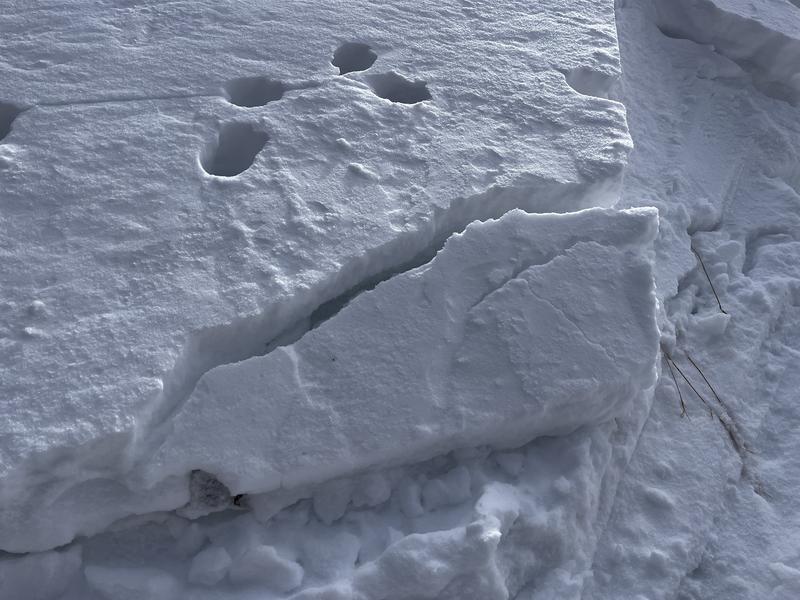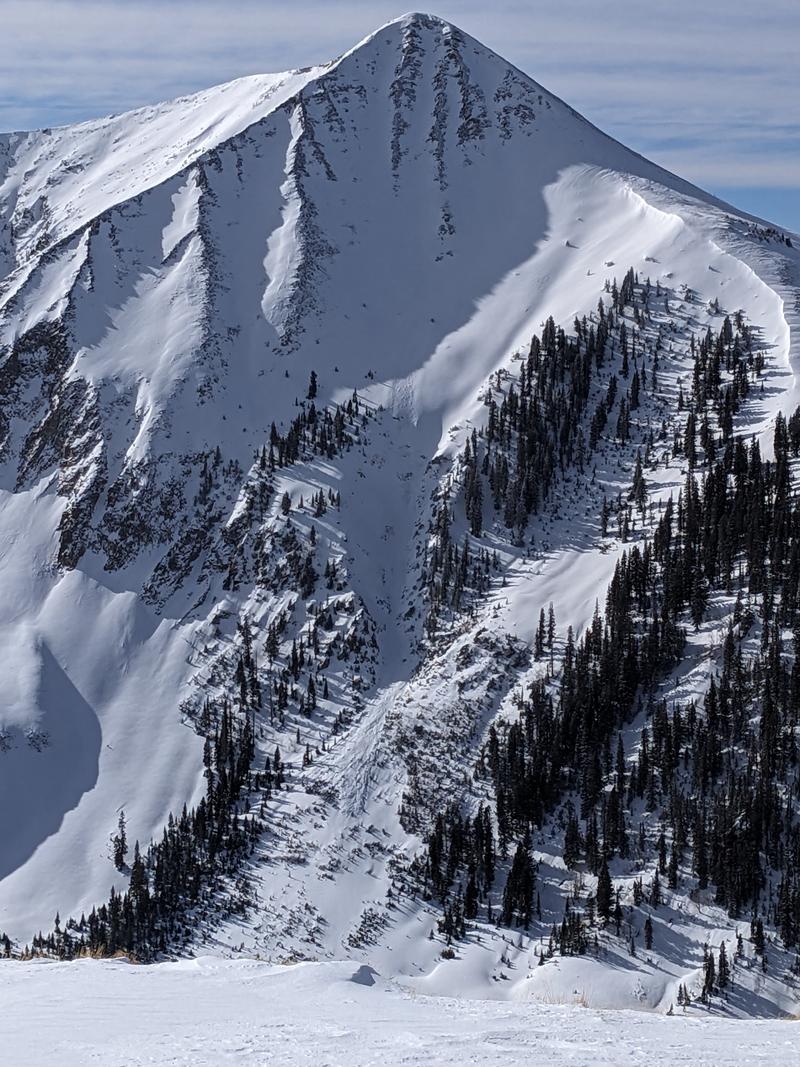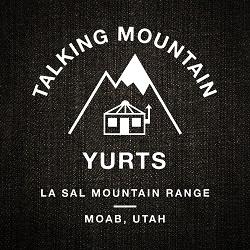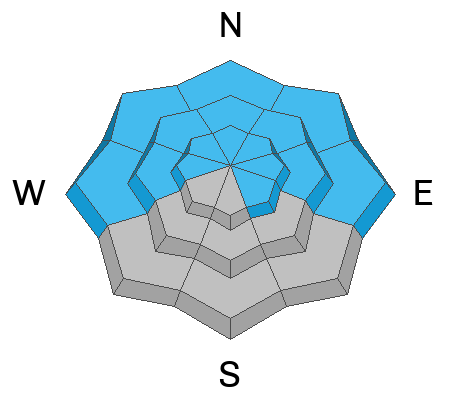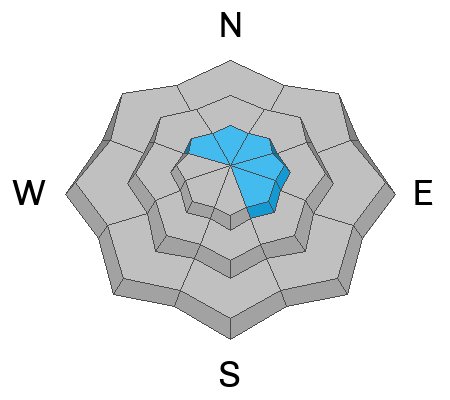Forecast for the Moab Area Mountains

Issued by Eric Trenbeath on
Monday morning, December 30, 2024
Monday morning, December 30, 2024
Strong westerly winds have kept the avalanche danger at CONSIDERABLE on steep, wind drifted slopes above treeline that face NW-N-NE-E. In these areas, dense slabs of wind drifted snow are overriding persistent weak layers of sugary, faceted snow, and human triggered avalanches are likely.
A MODERATE danger exists near treeline and below on steep slopes facing W through N through E, and on upper elevation slopes facing W and SE. In these areas, human triggered avalanches failing on a persistent weak layer are possible.
It's still low tide out there, and the recent snow will just barely cover rocks, stumps, and logs beneath the surface.
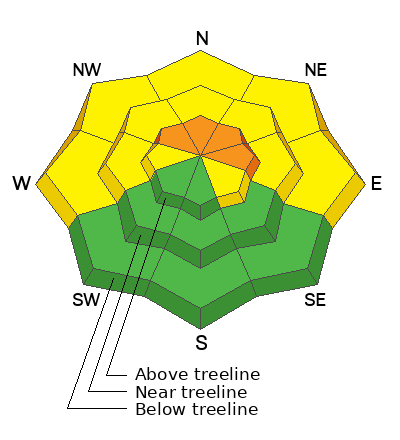
Low
Moderate
Considerable
High
Extreme
Learn how to read the forecast here



